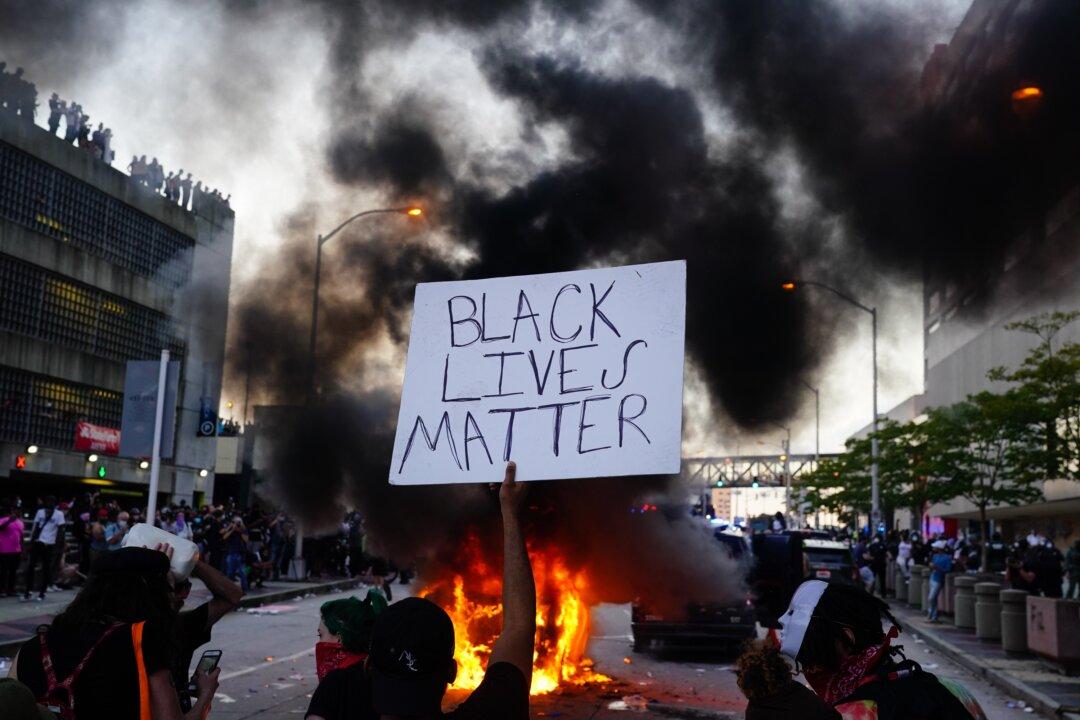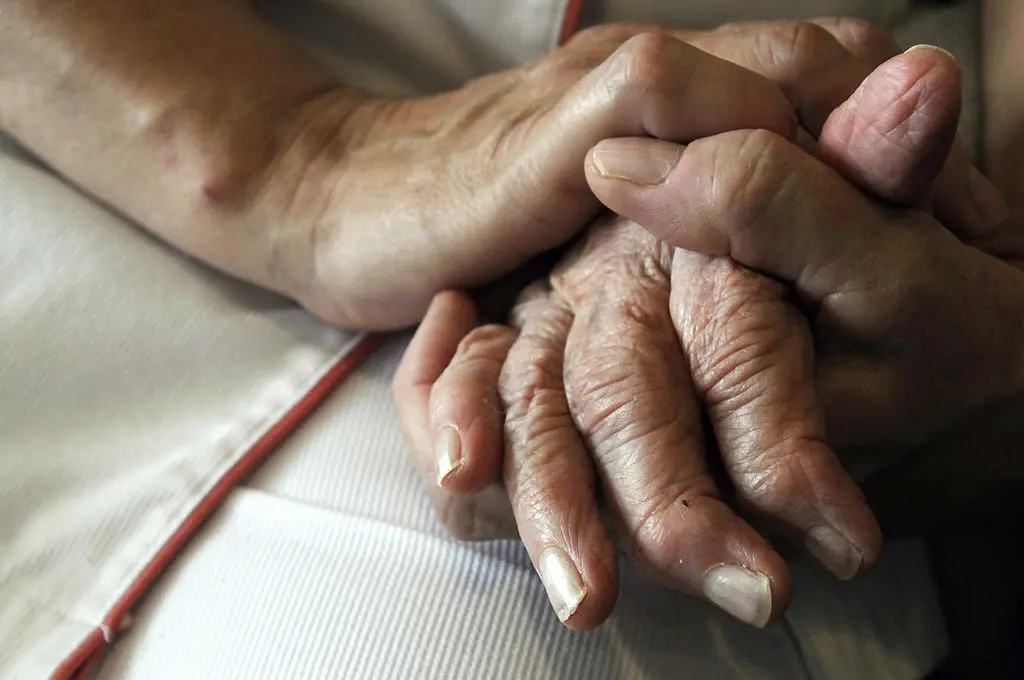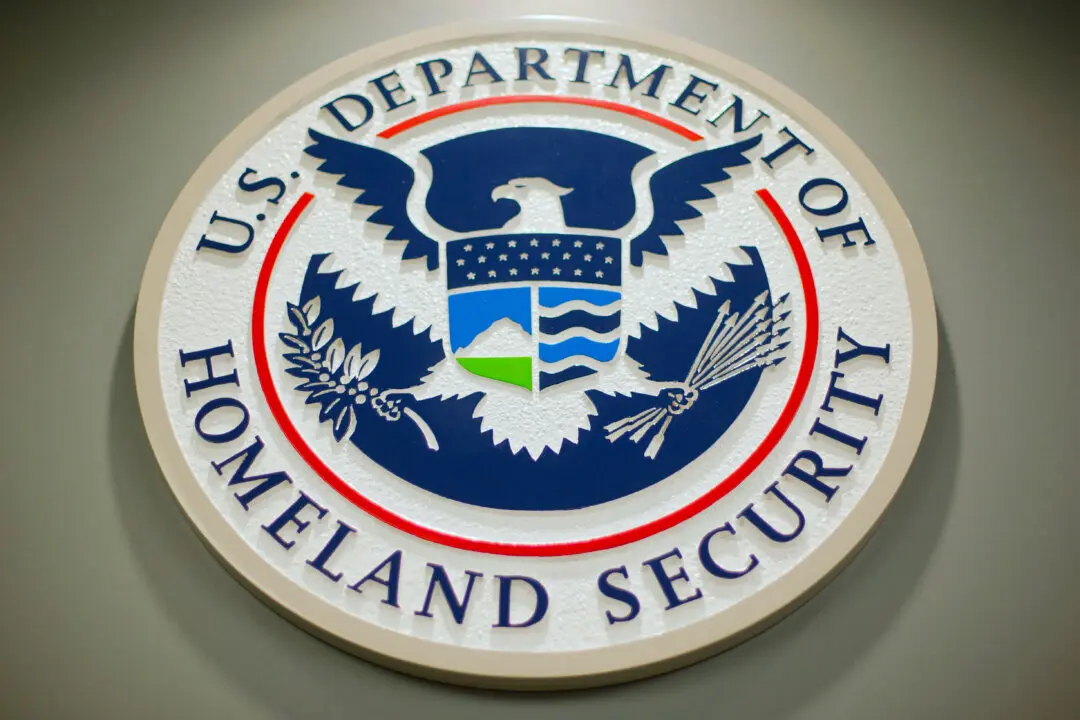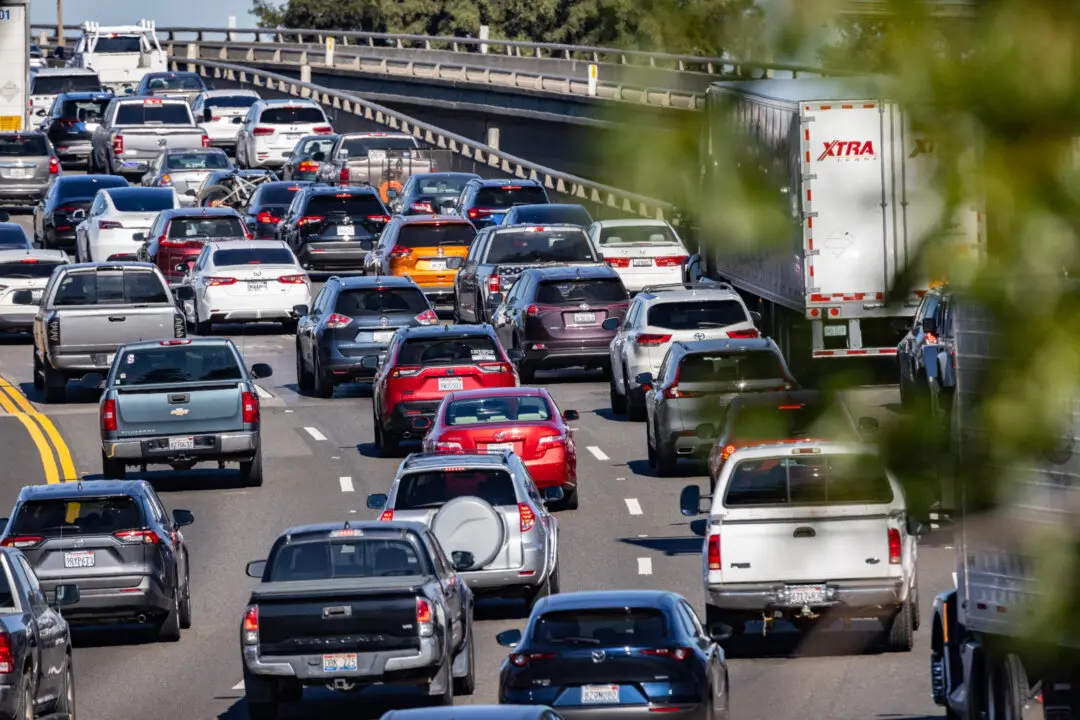While police killings declined in the aftermath of Black Lives Matter (BLM) protests, a recent study found that there was a jump in homicides as police became “less proactive” due to worries about public perception and lawsuits.
The Sept. 14 study analyzed two major waves of BLM protests—those following the death of Michael Brown, from 2014 to 2015, and those following the death of George Floyd, from 2020 to 2021.





